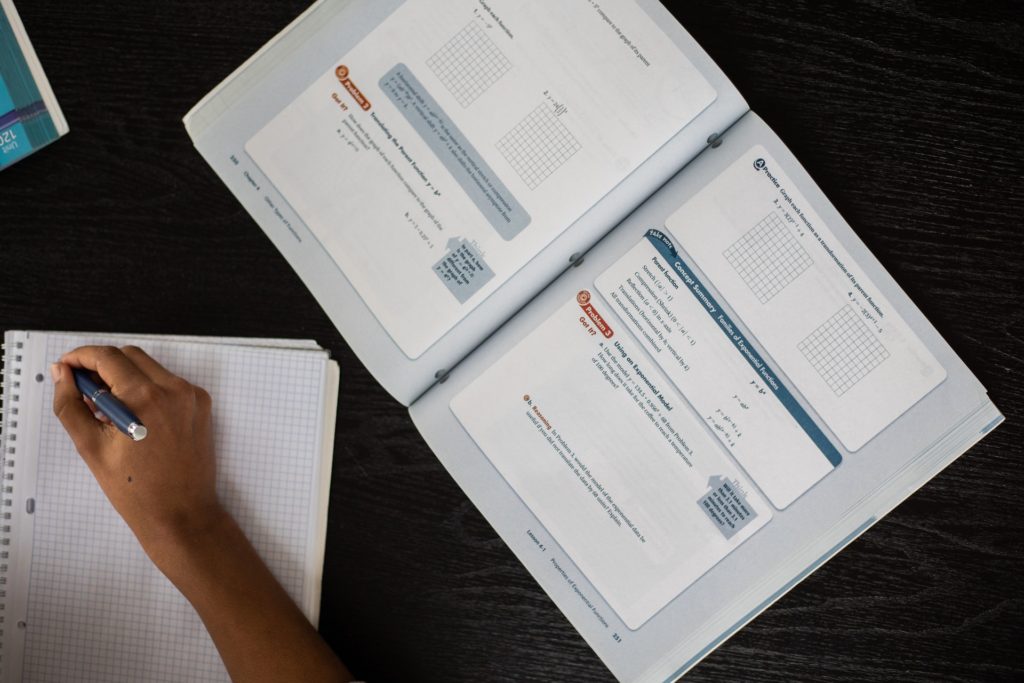Table of Contents
It can be difficult to think about a student being abused, but this is something that every teacher should be aware of. This guide will walk teachers through the child abuse warning signs and what steps they can take if they suspect one of their students is being abused.
According to the CDC, about one in every seven children has experienced child abuse in any given year. These sobering statistics suggest that in any class of 20 kids, up to three might be experiencing some form of abuse. These numbers will vary drastically depending on the country and school, but abuse can happen anywhere from a poor inner city school to an elite boarding school in the countryside.
Child abuse takes many forms, and so it is important to know the various types of abuse along with the warning signs for each. That way teachers can watch for worrying patterns and report their concerns to the appropriate people and ensure the safety of their students.
What is Child Abuse?
There are several types of child abuse and each may come with its own warning signs. While there are overlapping common symptoms, even within a single type of abuse, different students may show different or even none of the warning signs below.
Physical Abuse
- Violence
The first type of physical abuse is violence. In this form of abuse, the abuser harms the body or causes pain to their victim. This can be anything from slapping to breaking bones. Not all physical abuse leaves physical marks and scars.
Corporal punishment or “spanking” is still allowed in many countries, but much of the world, including a majority of Europe and South America consider it child abuse. Teachers should check their local laws to know what is acceptable in their country.
- Neglect
With neglect, the abuser does not directly harm their victim, but rather fails to provide appropriate care to them. This can be in the form of a caregiver not feeding the child, or leaving them unsupervised for long periods of time or in dangerous circumstances.
Mental Abuse
- Emotional Abuse
Emotional abuse consists of someone verbally or otherwise putting a person into mental distress. This can be in the form of berating them verbally, tying or locking them up as a punishment, or threatening them. Emotional abuse is characterized by targeting a person’s emotions to manipulate them, often using anger, shame, and guilt.
- Psychological Abuse
Psychological abuse is often called “gaslighting” and involves a person manipulating someone’s view of themselves. This can come in the form of a parent calling their child fat or ugly or a teacher telling a student that they are stupid or useless.
Psychological abuse differs from emotional abuse in that often the abuser uses their close relationship to the victim to affect the changes with a seemingly kind exterior. The child will often see their abuser as a person to confide in and this can lead them to having long lasting negative self perception issues and to body dysmorphia.
Sexual Abuse
- Molestation
Molestation is inappropriate sexual touching of a person. This can come in the form of someone older inappropriately touching someone younger, or someone with a mental disability. It can also be someone with a social position of power such as a family member, coach, or teacher using their social position to coerce the child into inappropriate touching.
- Corruption/Grooming
Corruption is exposing a child to explicit sexual materials such as the abusers body or pornography. Even though no touching occurs, this is still considered sexual abuse as it is illegal to expose children to sexually explicit materials.
This corruption can often be part of a larger attempt by the abuser to ease the child into more sexual activity. This forming of a special relationship with a child in order to coerce them into sexual activity is called Grooming and is one of the most important warning signs to watch for to prevent more serious abuse.
Warning Signs of Child Abuse for Teachers
General Warning Signs
- Fear of the teacher calling home
- Sudden personality changes
- Social isolation
Warning Signs of Physical Abuse
- Unexplained bruises
- Dirty clothes or hair
- Mentions of being left unsupervised
- Flinching when approached or surprised
Warning Signs of Mental Abuse
- Negative self talk
- Bullying others
- Concerning content in their written work
Warning Signs of Sexual Abuse
- Mentions of special treatment from a non family member
- Has inappropriate knowledge of sexual topics for their age
- Asks suggestive questions
What To Do If You Suspect Your Student is Being Abused?
- Speak to the child directly.

The first step after you suspect a child is being abused is to speak directly with the child. The questions should be simple, but clear. For example, if you suspect a child may be having an inappropriate relationship with a member of staff, questions could include “Have you ever spent time with ____ outside of school?” “Has _____ ever touched you in a way that made you uncomfortable?”
The questions should be focused on gathering information to be shared with admin and the authorities, should fears be confirmed that there is child abuse occurring. Teachers should avoid focusing on any blame for either party as the child may become fearful that their abuser might get hurt or might hurt them. Instead, just ask questions in an unemotional manner, so that the child does not get emotional themselves and shut down.
If the teacher decides that they need to make a report, they should not alert the child that it will happen. This may cause the child to contact their abuser in order to try and protect them or make them fear that their abuser will hurt them for having told on them. Instead, they should make their report without concerning the child.
- Do not confront the abuser.
No matter the relationship the teacher may have with the abuser, they should never confront the abuser directly. While they may feel that they could gather more damning information this way, they may inadvertently trigger the abuser to run and get away or worse, hurt the child they have been abusing in retribution.
It is not safe to alert the abuser that you may suspect something by asking probing questions. The authorities are professionally trained to ask these questions and get to the bottom of abuse cases, and so teachers should leave this to the authorities and contact them directly instead.
- Speak with the school psychologist.
One person that also may be useful to speak to when a teacher suspects abuse is the school psychologist or counselor. This person may have additional information on the student who is being abused, but at least will be able to advise the best way for the teacher to act with and speak to the child after they have reported the abuse.
If the teacher is nervous about speaking with the child directly, they can also speak to the school psychologist before speaking to the child to gather information. They can give further guidance about how to act and speak in order to ensure the child feels comfortable to tell the truth. Then, the teacher can report back with what they have found and they can decide together if a report needs to happen.
- Report to the authorities
Each country will have their own proper authorities to report child abuse. These numbers are usually easy to find on Google by typing in “Where do I report child abuse in ____”. In the United States, reports can be made to the National Child Abuse Hotline at 1-800-4-A-CHILD (1-800-422-4453).
When reporting, it is best to write everything down that needs to be shared so that a clear and concise report can be given. Once the teacher has shared their concerns, they should remain in contact for follow up questions that may arise during the investigation.
Making reports like this is not easy and teachers should practice self care and not isolate after making a report. Having someone else to discuss with and reassure can be very helpful in the days after making a report that could have serious repercussions.
The reporter should not feel guilty, however, as they have just made a report, not a conviction. If they have made a report in error, the experts will discover that and everything will be fine. It is better to have reported and be wrong than to not report and allow child abuse to continue.
Want more like this? Make Lab to Class a part of your weekly professional development schedule by subscribing to updates below.
References
“Fast Facts: Preventing Child Abuse & Neglect”. Cdc.Gov, 2022, https://www.cdc.gov/.



